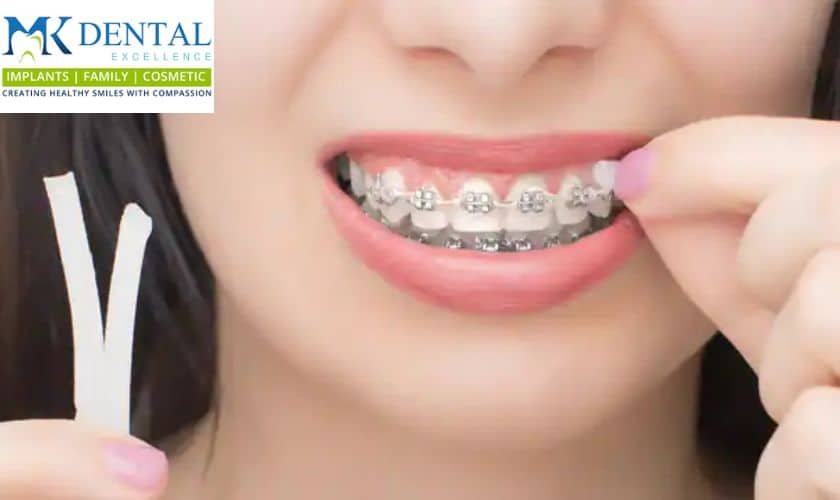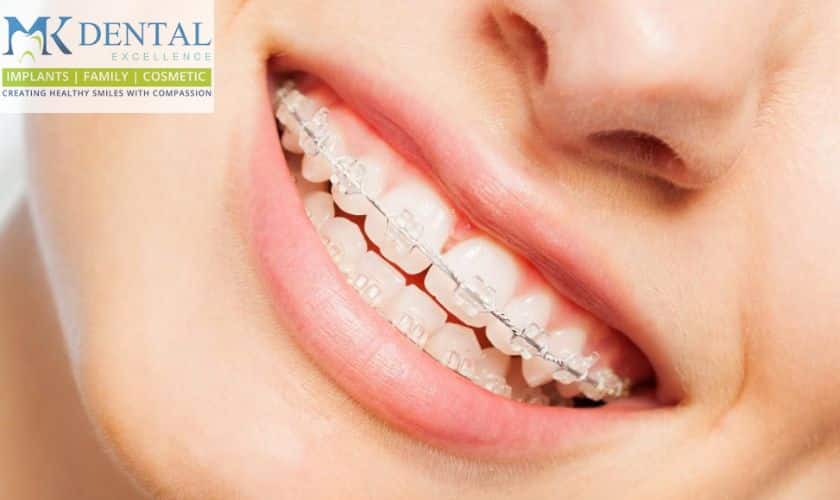
Dealing with dental appliances, particularly braces, can occasionally lead to discomfort. The presence of braces can result in discomfort, including the possibility of gum irritation due to friction. When faced with such situations, it is advisable to promptly consult your dentist, who may recommend a protective material. This is an effective solution for alleviating sensitivity in areas of your mouth such as the lips, cheeks, and gums. If you’ve ever pondered the usage and timing of this protective material, here is your comprehensive guide on its application.
What Is Dental Wax For Braces?
Typically, a protective substance serves to safeguard the delicate regions of your oral cavity. This substance is often transparent, making it inconspicuous when applied. Moreover, it generally lacks a distinct flavor, although recent advancements in the field of dentistry have introduced various options. Dentists now offer different varieties of this protective substance, including mint, cherry, and bubble gum flavors. Furthermore, this material typically maintains a solid state at room temperature but softens when exposed to the warmth of your hands.
What Are Dental Wax Made Of?
Dental appliances are commonly accompanied by the use of a certain protective material. You might be curious about the safety of applying such material to your gums. Well, here’s the information you need: This material is typically composed of natural substances like carnauba paraffin wax and beeswax. Although it is recommended not to ingest or consume these substances, they are biocompatible and deemed safe for application in your oral cavity, owing to their natural composition.
How Does Dental Wax Work?
Dentists apply dental wax onto the braces that are causing you discomfort. It sticks to them and is a barrier between brackets and gums, reducing friction and gum cuts. The dental wax remains smooth while in the mouth, causing no discomfort with braces. This contact break of the braces is the most effective for preventing further injury.
Benefits Of Dental Wax
Temporary solutions are effective, particularly when it comes to securing your dental appliance in place. They are also valuable for concealing any protruding oral devices such as braces or dentures. One of the key advantages of these temporary measures is their ability to provide a protective covering for any sharp surfaces within your mouth. This protective layer serves to shield the delicate tissues in your mouth from potential harm caused by the wires of braces. Dealing with the discomfort and irritation that can result from these sharp edges coming into contact with your gums can be both frustrating and bothersome. Employing these temporary measures prevents such situations, ensuring the comfort you require. In cases where damaged braces have caused oral injuries, especially when consuming sticky foods, it’s an experience you’d prefer to avoid. So, in these situations, dental wax is beneficial and will help you prevent any injury caused in the mouth. Furthermore, you can also use dental wax on dentures fixed on the metal framework for maintaining your braces. If the metal dislodges, it bruises the insides of your mouth, and dental wax can be an effective solution for this.
How Long Should I Keep Wax On My Braces?
There is no specified time constraint for retaining the protective material in your mouth. You may keep it in place for as long as it remains effective. It is permissible to wear the protective material overnight and replace it when necessary. Generally, dentists suggest replacing dental wax every two days. However, removing them while eating or drinking is crucial if the food gets stuck or the wax gets dirty.
Dos And Don’ts Of Using Dental Wax
Do’s
- Wash your hands before applying the dental wax to your teeth
- Before applying the dental wax, warm up the piece and roll it into a ball with your fingers.
- Try to replace dental wax every two days to avoid bacteria buildup in your mouth.
- For better results, keep the dental wax on your teeth overnight.
Don’ts
- After applying dental wax, brush your teeth regularly to avoid bacteria buildup.
- Never use the same wax again after two days, and keep the wax in your mouth for up to two days.
People have the option to use products to shield their teeth and gums from discomfort. This method is particularly useful for alleviating irritation resulting from the use of dental appliances, such as braces. The aim is to ensure that dental appliances do not cause discomfort, but rather promote comfort. It is advisable to consult with your dentist to explore the most suitable alternatives available today for maintaining excellent oral health.





